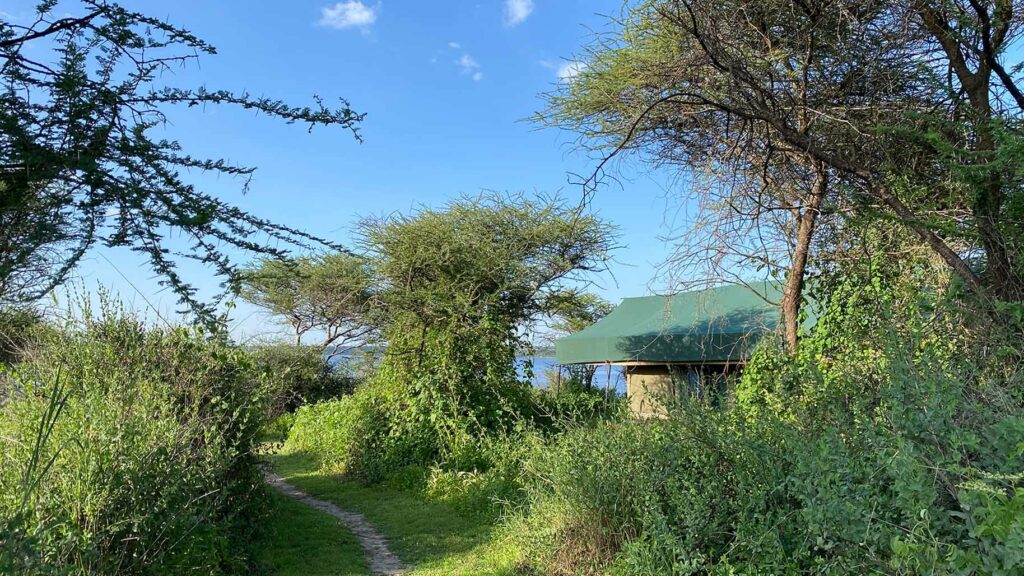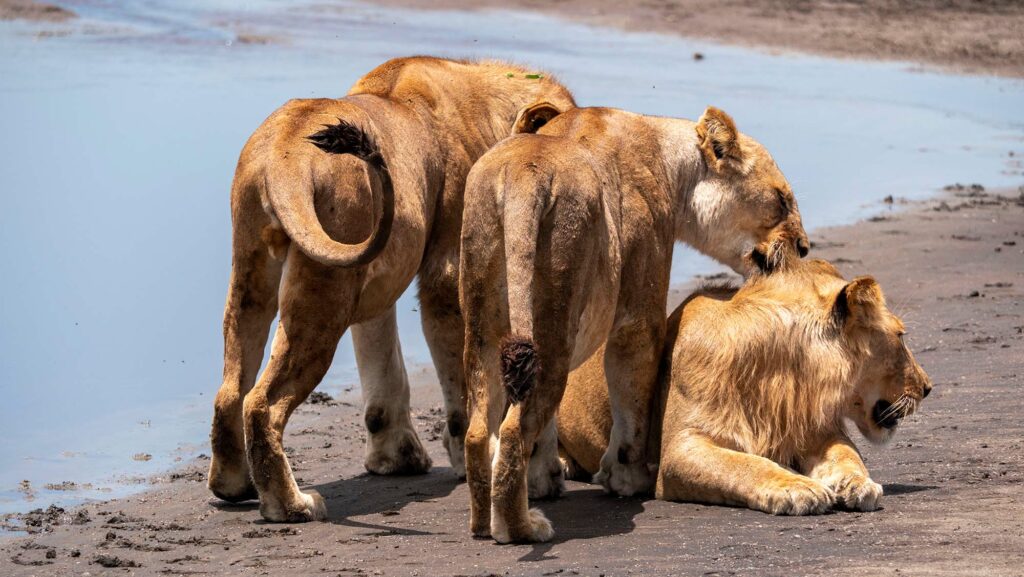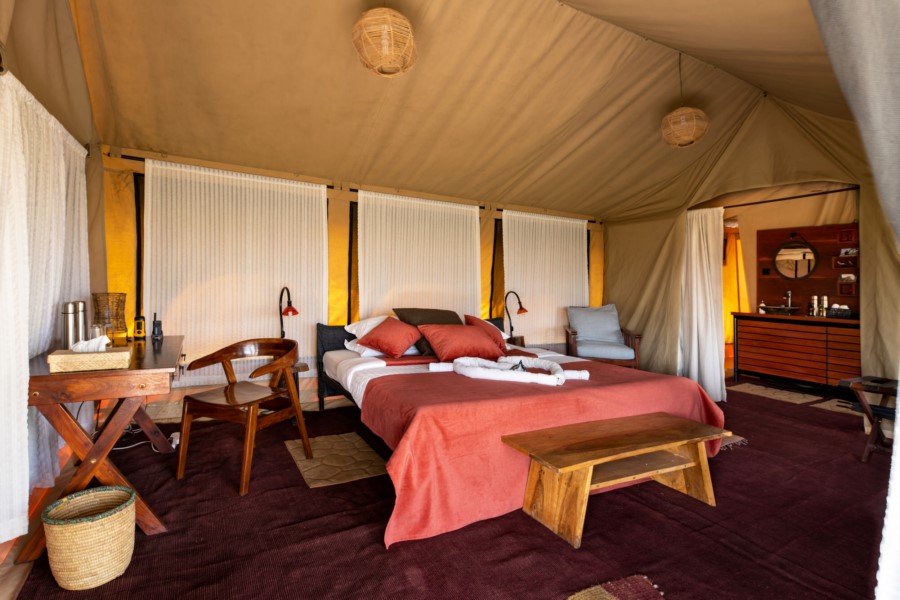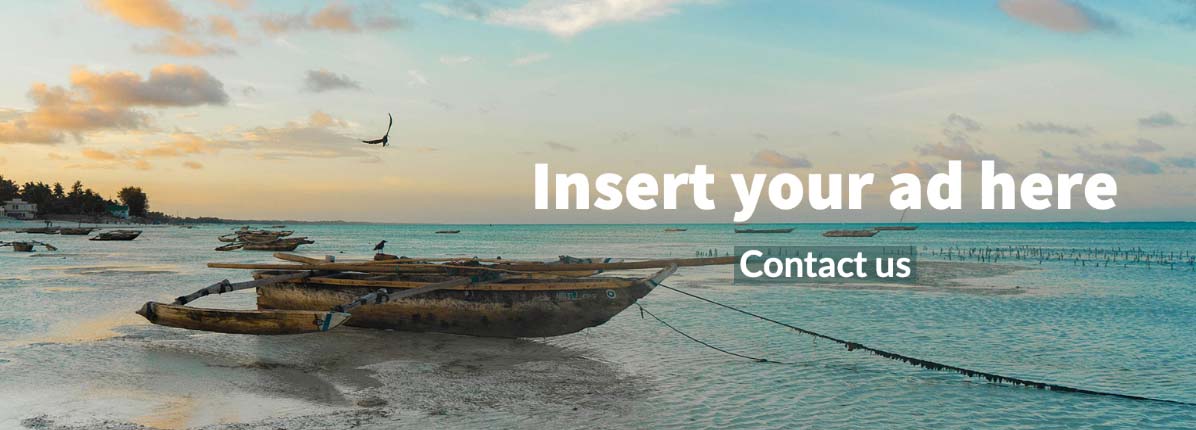Just like the wildebeest, we people tend to migrate; in July and August, we travel to the Serengeti in great numbers to admire the natural phenomenon of the Great Migration. We thereby assume that there is nothing to see outside this season, but nothing could be further from the truth. Explore Africa visits Ndutu, the nursery of the Great Migration.
Cheetahs
As we are descending along the flanks of the Ngorongoro Crater, a huge plain rolls out before us: Serengeti National Park. But we skip the entrance gate and take a left to drive to Ndutu along the border of the park. Ndutu is a part of the Ngorongoro Conservation Area (NCA). It borders on the southern side of the Serengeti. Because there are no fences between the parks, the animals are free to roam. This region is famous for the spectacular safaris during this time of year (March and April).
The reputation does not let us down: even before we have entered the park we spot a cheetah – right on the roadside – chilling with her three cubs in the grass. “This is extremely rare,” our guide Kalebi from Makasa Safari tells us. He turns off the car and waits. “Patience is still a virtue and we have all the time in the world. They will probably start to play in a while. I don’t want to deprive you of the sight.”
We wait for two hours, but as the sun paces down slowly towards the horizon, it is time to leave. It is prohibited to drive around in the dark. We leave the cheetahs behind and drive at full speed to our place of stay for the coming two nights. When we reach Chaka Camp, a gigantic herd of wildebeest and zebras come to meet us. There are so many we don’t know where to look. It is an overwhelming experience and a magical sight.
Article continues below.

Chaka Camp at Lake Ndutu
We are staying at the mobile Chaka Camp, part of Nyikani Camps. It is a small-scale, luxury tented lodge that follows the great migration through the entire Serengeti. From December to March, it has settled in the hills of Ndutu. The tents offer a view over Lake Ndutu, a salt-water lake. “The rain water drips through the volcanic earth to the lake, dragging all minerals with it. The water evaporates over time, but the minerals stay behind,” explains Kalebi.
The tents of Nyikani Camps in actual fact can hardly be called tents. This has nothing to do with camping. The interior has the appearance of a five-star hotel room. Even the bathroom looks like a picture in a design magazine. The hot water for the shower may be taken to you in a bucket from outside: that is about where the ‘camping’ stops.
When we get back from diner, the tent is hermetically closed and a hot water bottle is warming our bed. It is strictly prohibited to walk around in the dark: hyenas, leopards, and lions are regularly spotted in and around the camp. I wake up at night to deep growling. The air is vibrating. At breakfast, I learn that it was a lion, about three miles further down, across the lake. “The sound travels far with the wind,” our guide says.
Great Migration in Ndutu
Time to get a look at the animal from close by! The roof of the car is lifted and Kalebi drives calmly along the hills. When we reach the lake, a large part of it is dry. We can see bones everywhere. “I call it dead valley,” Kalebi says. “Two years ago, it rained too much, so the wildebeest had to cross; but many wildebeest got stuck in the mud. That meant one huge barbecue for the hyenas.”
Article continues below.

We pass by large groups of wildebeest that are enjoying the green grass. Many animals are still pregnant, but many cubs can be spotted already. “The animals follow the rain,” Kalebi tells us. “When it rains, the grass responds instantly. It’s brimming with calcium right now, so it’s a good time to have a baby. The calcium makes sure the milk is better. Because the grass is short, the animals are better able to see their enemies. Did you know that a wildebeest cub is running around as soon as twenty to thirty minutes after birth? Nevertheless only sixty percent of the newborns survives. Forty percent falls victim to jackals, lions, or to circumstances such as rain.”
Lunch with lions
We drive around through the park and chat now and then with safari guides who are passing by. “You are a part of Makasa, but in the first place you are in the service of Tanzania,” Kalebi says. “We exchange ideas on the road, so that each guest sees as much as possible.” It works: a bit further down, a lion with two cubs was spotted. They just had their lion’s fill and are recovering from the food feast in the shade. We drive straight at them. “This is the only park where it is allowed to go off the road,” says Kalebi. “It allows you to get close to the animals. At other national parks, such as Ngorongoro and Serengeti, this is not permitted.” This is how we end up spending as much as two hours with the animals. After a while, we grab the lunch box and we enjoy an internal boost of our own. Before we know it, the day is done and we return to Chaka Camp for our final night: we are off to the Serengeti tomorrow.
When we leave Ndutu, we see the cheetah and her cubs again. They play around the car and even try a careful little sprint towards a presumed prey. A special goodbye to an unforgettable experience.

Review Chaka Camp, luxury tented lodge
Location: Splendid view of Lake Ndutu.
Service & facilities: Beats any and all expectations. Your room is tidied twice a day. The bed is preheated with a hot water bottle. The food is excellent.
Rooms: The interior of the tents seems copied from a design magazine.
Disabled accessibility: No.
Note: To sleep in the midst of the Great Migration is an unforgettable bush camp experience already, but the luxury and comfort of Chaka Camp gives the whole a silver lining.
Our visit to Ndutu and stay at Chaka Camp was arranged by Makasa Safari as a part of a ten-day safari in Tanzania. A stay at Chaka Camp is possible from 210 USD a night per person, full board.


Recent Comments